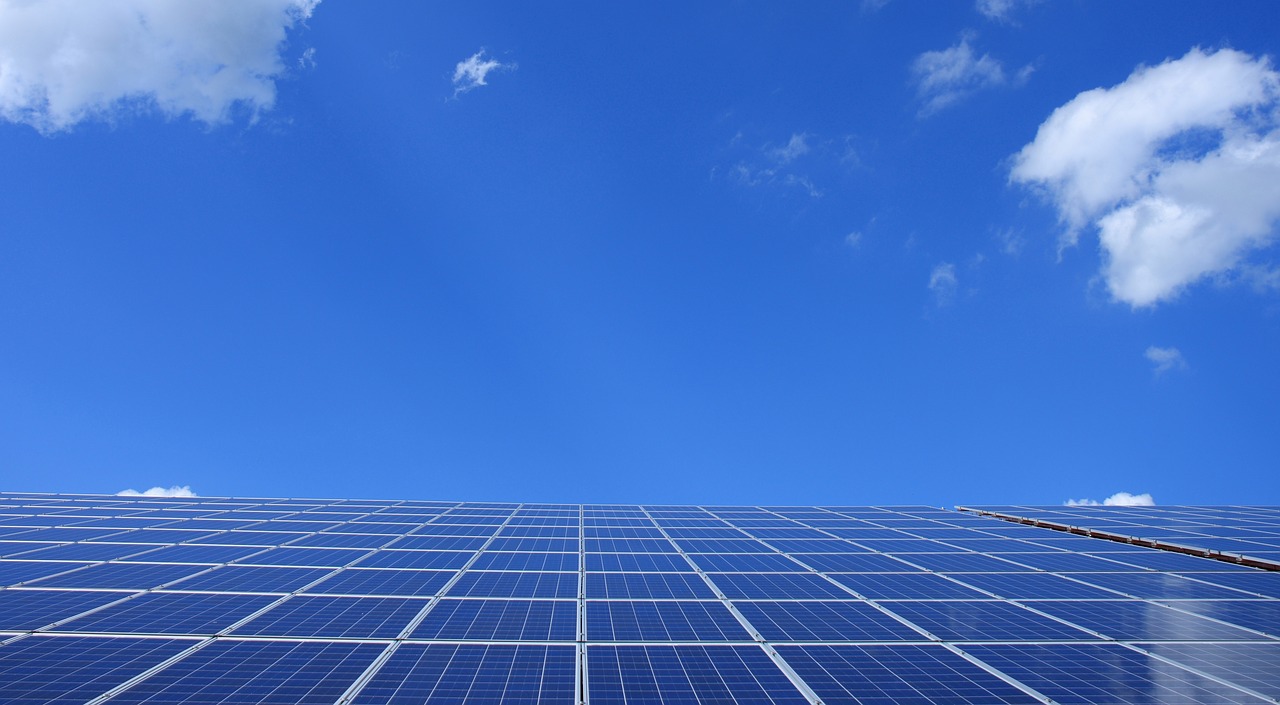The largest natural biome in the world is the maroon colored Taiga, a Russian word for forest, covering large parts of Canada, Europe and Asia with coniferous forests. The term “Boreal” forest refers to the southern part of this biome and has heavier tree cover while the Taiga refers to the northern portion which is a mostly barren area that borders the Arctic treeline.
Human Management & Creation of Biomes
Protecting the world’s natural biomes is the challenge humans are just beginning to undertake. There are three main objectives to studying biomes: 1) to provide information on how humans can live sustainably on earth, 2) to create environments that can be re-created in space: the moon, mars and beyond, 3) if we lose control of the earth’s protective layer, we will need to build biomes that can sustain us.
In order to understand how biomes work, scientists and researchers have created projects like Biosphere and Eden. The design refers to the integration of architectural structures into natural ecosystems, emphasizing a symbiotic relationship between buildings, landscapes, people and nature.
Designing humans into an ecosystem involves understanding of and planning for:
- climate cycle and whether patterns
- topography and geomancy
- support for and use of native vegetation
- use of indigenous local and regional natural resources
- careful consideration of technologies
- understanding and planning for integration with local cultures
The Eden Project
Grimshaw Architects working on the Eden Project have designed and built eight interlinked geodesic domes covering 5.4 acres (2.2 hectares). The structure encloses humid tropics and warm temperate biomes. These domes are made of geometric shapes fashioned with steel tubes and joints. The Eden Biome receives 2 million visitors a year.
Grimshaw Building Biomes Far & Wide
Recently, Grimshaw Arcitects & Samoo Architects built a “National Ecology Center” ecological park in South Korea with tropical plants, waterfalls and even penguins. It is Grimshaw’s first project in Asia. It has five biomes each with a different climatic zone. The biome provides visitors with hands-on experience in different environments around the world and an opportunity to learn about conservation.






